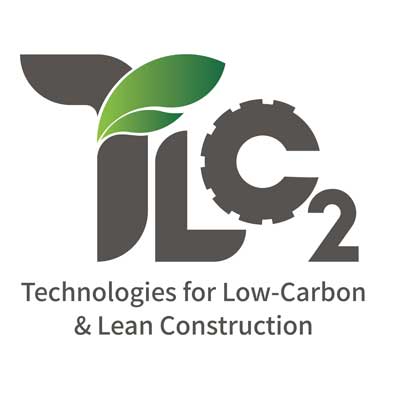

The construction industry is one of the world’s leading sectors in terms of resource use and carbon emissions. The circular economy (CE) involves the complete reuse of materials throughout a product lifecycle, leading to a cradle-to-cradle as opposed to a cradle-to-grave cycle. This involves coordinating environmental, economic, technological, societal, governmental and behavioural dimensions. CE is becoming a critical lens through which the performance of the built environment is being addressed. However, the interaction between these dimensions has not received much attention till recent times.
With the recurrent challenge of scarcity of resources faced by the construction industry, more attention and focus are now shifting to sustainability. The construction industry is also responsible for mammoth waste generation and still aligns to the linear economy of ‘take-use-dispose’ rather than a ‘recycle-reuse-reduce’ paradigm. The growing population and demand for housing and infrastructure development in the developing world have increased the speed of production, raising alarming concerns globally. However, adopting CE principles in practice in construction can prove challenging owing to higher capital and skill requirements. Nevertheless, sustainable development is an important concept pertinent to the business world today, as individuals and companies need to meet their requirements without hampering the environment for the future. This challenge will need to be met.
In alignment with the global research underway in this arena, the Indian Institute of Technology Madras (IIT Madras) has established a Prospective Center of Excellence in Technologies for Low-Carbon and Lean Construction (TLC2) with an aim to develop technologies that reduce material and process waste in construction. The TLC2 research initiative is built and rests on four main pillars:
1. To utilise waste materials from construction, demolition, power, steel and agricultural industries and thereby enhance the durability and sustainability of concrete structures
2. To minimise waste of materials, money and time during the construction processes using lean principles and digital/3D printing tools
3. To develop policies to enable the BEST and NEXT practices in the Indian construction industry. These research initiatives are geared towards the eventual goal of minimising the carbon footprint and enhancing the circular economy of the concrete construction industry
4. To develop and suggest organisational practices and policies that help in scaling up the implementation of such technologies and be an eyeopener for policymakers in the country and beyond.
The TLC2 initiative is trying to bring some novel and pre-existing ideas from various scientific fields with shared qualities and characteristics under a single platform with the participation of the global research community working in these areas. It has a significant international collaboration with experts and researchers spanning the length and breadth of the globe, who participate and provide intellectual inputs in the research underway.
Working methodology of the proposed integrated test bed
The developed frameworks, data collected from these frameworks and the answers to some of the research questions will set the foundation for a nationwide implementation of these approaches.
The TLC2 initiative also actively disseminates the research being carried out on technology for low-carbon and lean construction through international conferences, webinars and workshops, both in the online and offline mode. Results of the research carried out are published in Q1 journals to ensure they are read and cited globally. The initiative also seeks active participation of private-sector organisations, governments and standardisation agencies in the long term to be recognised as a ‘Center of Excellence’ in these technologies world over.
The TLC2 initiative aims to be the primary destination nationally, if not globally, for anyone interested in developing innovative low-carbon, lean construction technologies for minimising waste throughout the construction value chain in the country and beyond.
About the authors:
Dr Ashwin Mahalingam, Department of Civil Engineering, IIT Madras is a professor in the Building Technology and Construction Management group. His research interests are in the areas of infrastructure and construction management, public-private partnerships, urbanisation and sustainable development, and building information modelling and integrated project delivery to name a few.
Murali Menon, Department of Civil Engineering, IIT Madras provides administrative support to the Building Technology and Construction Management group and its Technologies for Low-Carbon and Lean Construction (TLC2) initiative.